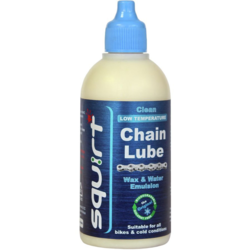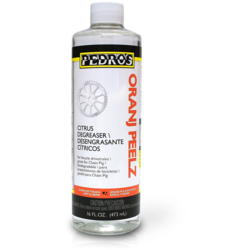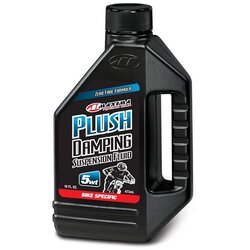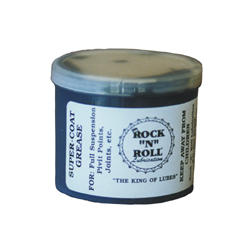Bicycle Lubrication
Lubing It Part By Part
How often you lube your bike depends on how you use it. Ideally, the moving parts will always be lightly lubed. A dry, squeaking bike needs lube. A bike covered with grime means you're using too much lube (or the wrong lube).
Applying lube is just a matter of dripping or spraying some on, operating the part to get the lube down inside, letting it sit for a bit for the lube to fully penetrate and then wiping off the excess.
Chain: lubricate the lower run of links (see diagram) as you pedal backwards with your hand until you've lightly coated the entire chain.
Brakes: lube the pivot points where the brake parts move against each other. If there's a quick-release mechanism and/or adjustment barrel (sometimes on the brake lever; see diagram), lightly lube these, too (on the threads for the adjustment barrel). Do NOT get lube on the brake pads or rims!
Derailleurs: wet the pivot points on the derailleur bodies. And, for the rear, while the bike's resting on its side, apply a little to the center of the derailleur pulleys. Lube the adjustment barrel, too.
Clipless pedals: apply lube if your shoes and pedals are creaking when you ride and/or it's difficult to get in or out. Remember to remove your shoes before walking into the house so you don't leave oily footprints across the carpet!
Cables: most brake and shift cables don't require lube because they're inside nylon-lined housing. If yours bind, however, you can add lube if your bike has split housing stops. These allow accessing the cables and lubing. It's done by opening the brake quick release to create slack and then pulling slightly to free the housing from the frame stops. You can then slide the housing to get at the cable inside. For derailleurs, shift onto the largest cog or ring and then move the levers back without pedaling. This creates enough slack to get the housing out of the stops and lube the shift cables (if necessary, don't forget to lube where the cables pass beneath the bottom bracket, too).
Suspension fork: double-check that your lube won't harm nylon or rubber seals. If it's safe, you can apply a few drops to the upper fork legs and push down on your handlebars a few times to compress the fork and work the lube past the seals. This will keep the fork's action smooth.












